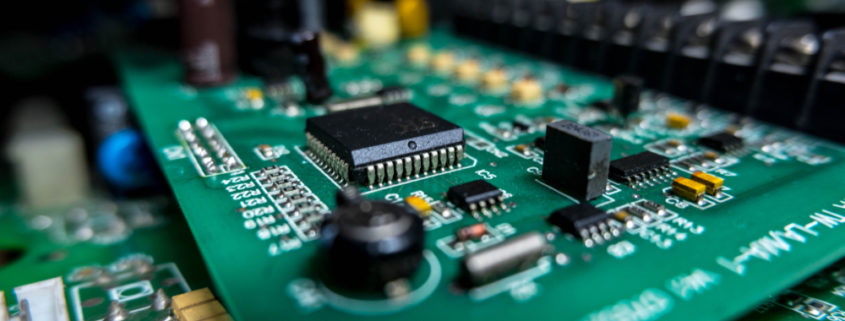The Challenges and Considerations in Mixed-Signal System-Level Design
Mixed-signal system-level design is a crucial aspect of modern electronics, integrating both analog and digital components within a single Mixed-signal ASIC (Application-Specific Integrated Circuit). This integration poses unique challenges and requires careful consideration to ensure optimal performance, reliability, and manufacturability. This article explores the primary challenges and key considerations in mixed-signal system-level design, providing insights for engineers and designers in this complex field.
Design Challenges in Mixed-Signal ASIC Development
1. Noise Management
One of the most significant challenges in mixed-signal system-level design is managing noise. The coexistence of analog and digital components within a Mixed Signal ASIC can lead to noise interference, which can degrade the performance of the analog circuits. Digital switching noise, electromagnetic interference (EMI), and crosstalk between signals are common issues that designers must address. Effective noise management techniques, such as proper grounding, shielding, and layout strategies, are essential to minimize these effects and ensure signal integrity.
2. Signal Integrity
Maintaining signal integrity in a Mixed Signal ASIC is another critical challenge. The analog and digital sections of the ASIC must communicate effectively without signal degradation. Signal integrity issues can arise from various sources, including parasitic capacitance, inductance, and resistance within the circuit. Designers must carefully consider these factors during the layout and routing phases to ensure that signals are transmitted accurately and without distortion. High-speed design techniques, such as controlled impedance routing and differential signaling, can help mitigate signal integrity problems.
Key Considerations for Mixed-Signal System-Level Design
1. Power Management
Efficient power management is crucial in mixed-signal system-level design. The analog and digital sections of a Mixed Signal ASIC often have different power requirements and sensitivities. Analog circuits typically require low-noise, stable power supplies, while digital circuits may demand higher currents and can tolerate more noise. Designers must implement power management strategies that cater to these differing needs, such as using separate power domains, low-dropout regulators (LDOs), and decoupling capacitors to reduce noise and ensure stable operation.
2. Thermal Management
Thermal management is another important consideration in mixed-signal system-level design. Mixed-signal ASICs can generate significant heat, especially in high-performance applications. Excessive heat can lead to thermal stress, affecting the device’s reliability and longevity. Designers must incorporate effective thermal management solutions, such as heat sinks, thermal vias, and proper placement of heat-generating components, to dissipate heat efficiently and maintain safe operating temperatures.
3. Testing and Validation
Testing and validation of Mixed Signal ASICs present unique challenges due to the combination of analog and digital components. Comprehensive testing strategies are required to ensure the ASIC performs as intended under various operating conditions. This includes functional testing, parametric testing, and reliability testing. Automated test equipment (ATE) and specialized test techniques, such as built-in self-test (BIST) and design for testability (DFT), can help streamline the testing process and improve test coverage.
Mixed Signal ASIC Conclusion
The design of Mixed Signal ASICs involves a complex interplay of challenges and considerations. Noise management, signal integrity, power, and thermal management, and thorough testing are critical factors that designers must address to achieve successful mixed-signal system-level designs. By understanding and mitigating these challenges, engineers can develop robust and reliable Mixed Signal ASICs that meet the demanding requirements of modern electronic systems.
Learn more about Linear MicroSystems by clicking here!
Linear MicroSystems, Inc. is proud to offer its services worldwide as well as the surrounding areas and cities around our Headquarters in Irvine, CA: Mission Viejo, Laguna Niguel, Huntington Beach, Santa Ana, Fountain Valley, Anaheim, Orange County, Fullerton, and Los Angeles.






